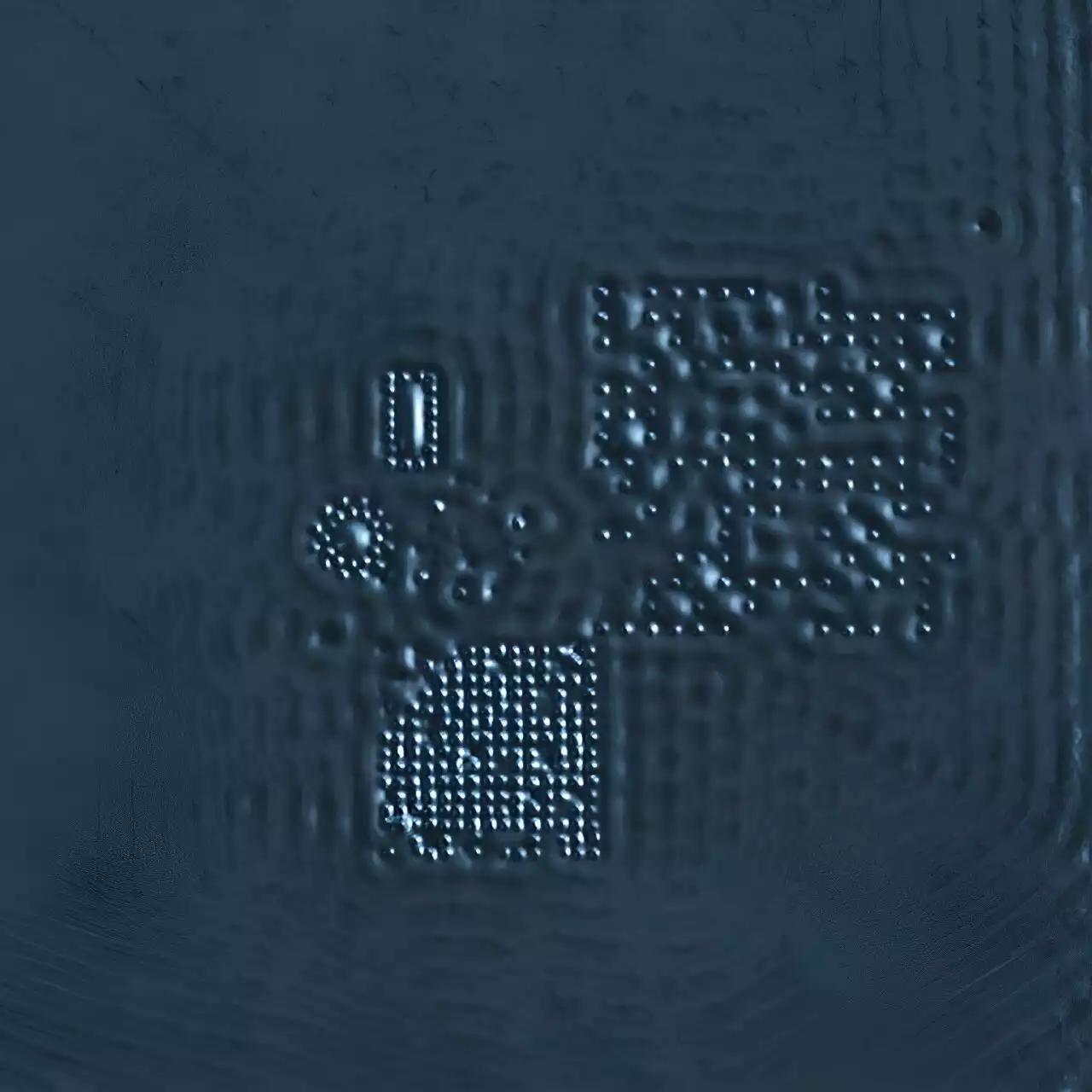Researchers from the Department of Physics at Universität Hamburg, observed a quantum state that was theoretically predicted more than 50 years ago by Japanese theoreticians but so far eluded detection. By tailoring an artificial atom on the surface of a superconductor, the researchers succeeded in pairing the electrons of the so-called quantum dot, thereby inducing the smallest possible version of a superconductor. The work appears in the journal Nature.
Today, the continuous downscaling of electronic devices heavily guides investigations on how superconductivity can be induced into much smaller structures at the nanoscale.
To that end, researchers led by PD Dr. Jens Wiebe from the Institute for Nanostructure and Solid State Physics locked the electrons into tiny cages that they built from silver, atom-by-atom. By coupling the locked electrons to an elemental superconductor, the electrons inherited the tendency towards pairing from the superconductor.
United States Latest News, United States Headlines
Similar News:You can also read news stories similar to this one that we have collected from other news sources.
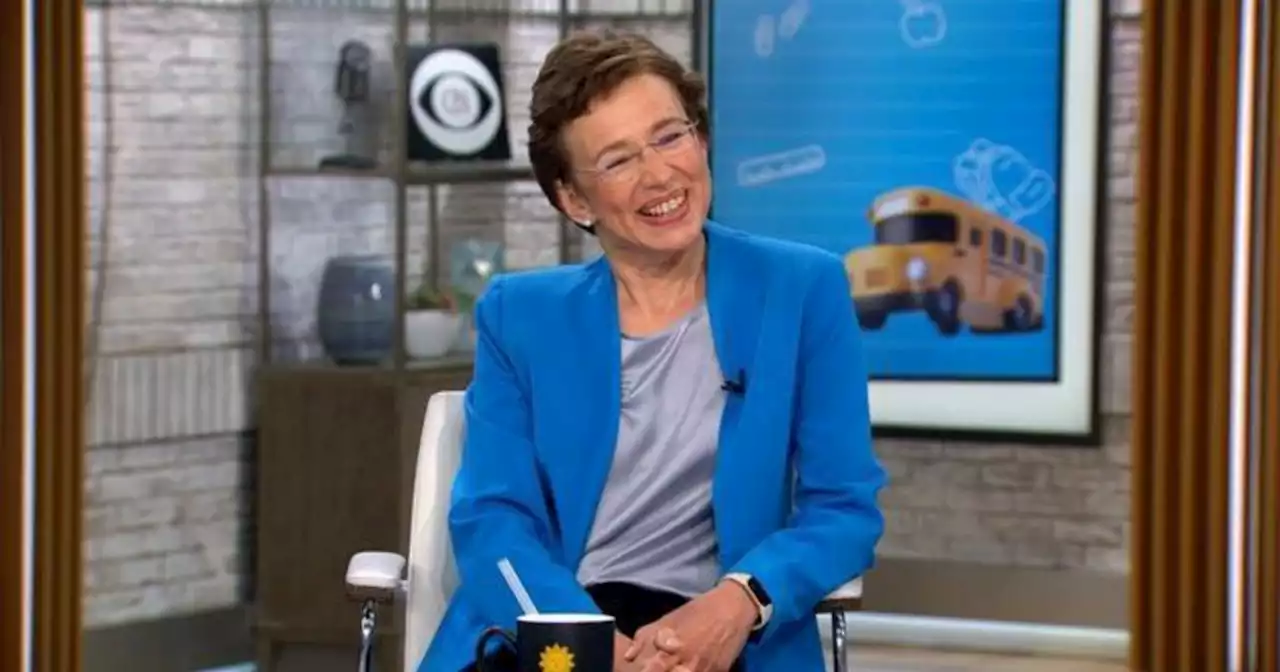 Viral TikTok physics professor Tatiana Erukhimova on the magic of scienceTexas A&M physics professor and TikTok star Dr. Tatiana Erukhimova joins 'CBS Mornings' in the studio to talk all things back-to-school. She explains why it's important for teachers to understand what students find most compelling. In the process, the seasoned physicist ropes the anchors into participating in a live science demonstration.
Viral TikTok physics professor Tatiana Erukhimova on the magic of scienceTexas A&M physics professor and TikTok star Dr. Tatiana Erukhimova joins 'CBS Mornings' in the studio to talk all things back-to-school. She explains why it's important for teachers to understand what students find most compelling. In the process, the seasoned physicist ropes the anchors into participating in a live science demonstration.
Read more »
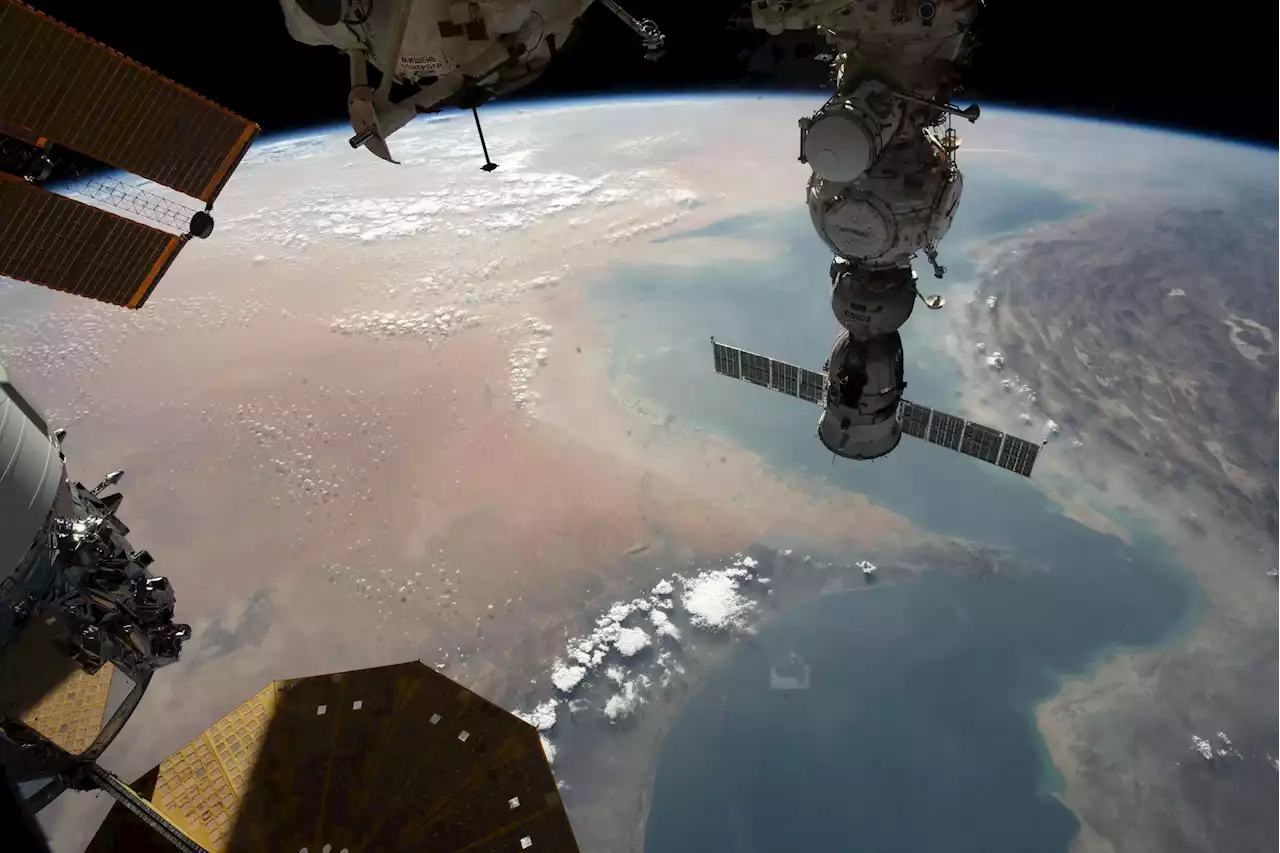 Gearing Up in Microgravity: Exercise, Physics, and Robotic Innovations on the ISSExercise, physics, and robotics were the main science objectives aboard the International Space Station (ISS) on Wednesday, August 16. The Expedition 69 crew also expanded the orbital lab’s stowage volume while it waits for upcoming cargo and crew missions. Microgravity conditions in space necess
Gearing Up in Microgravity: Exercise, Physics, and Robotic Innovations on the ISSExercise, physics, and robotics were the main science objectives aboard the International Space Station (ISS) on Wednesday, August 16. The Expedition 69 crew also expanded the orbital lab’s stowage volume while it waits for upcoming cargo and crew missions. Microgravity conditions in space necess
Read more »
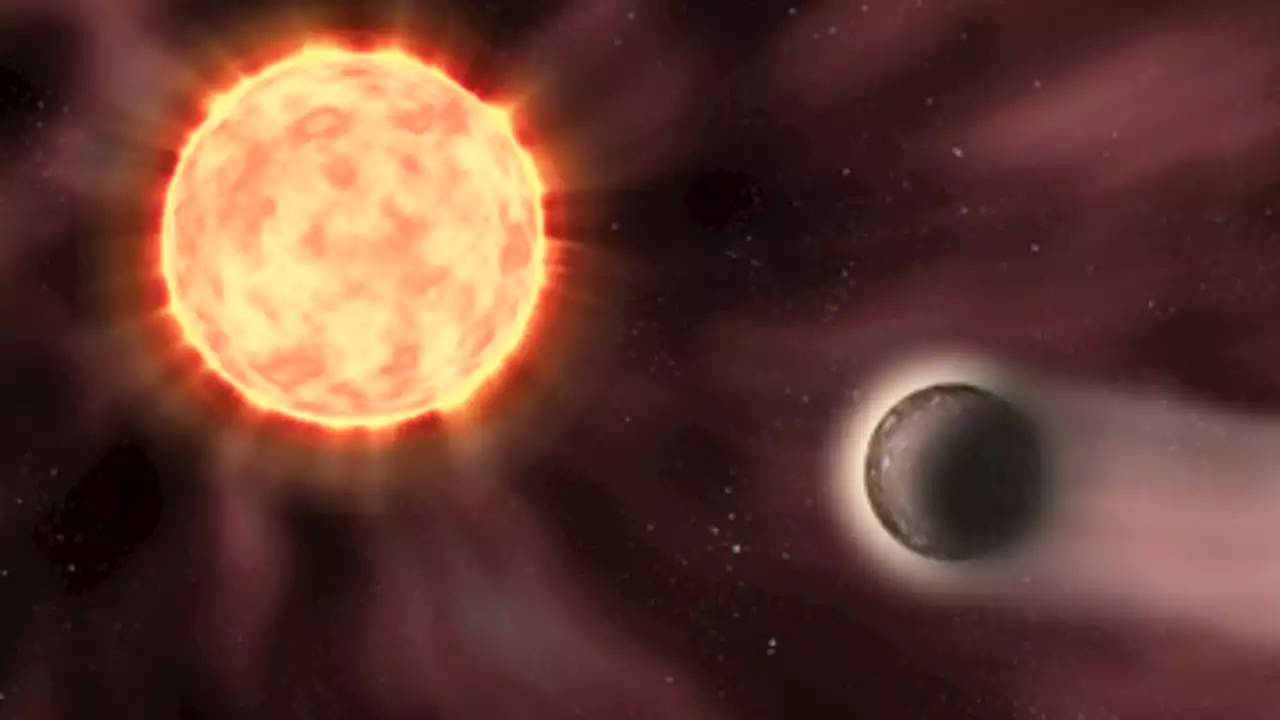 The powerful winds of super magnetic stars could destroy the possibility for life on their exoplanetsRobert Lea is a science journalist in the U.K. whose articles have been published in Physics World, New Scientist, Astronomy Magazine, All About Space, Newsweek and ZME Science. He also writes about science communication for Elsevier and the European Journal of Physics. Rob holds a bachelor of science degree in physics and astronomy from the U.K.’s Open University. Follow him on Twitter sciencef1rst.
The powerful winds of super magnetic stars could destroy the possibility for life on their exoplanetsRobert Lea is a science journalist in the U.K. whose articles have been published in Physics World, New Scientist, Astronomy Magazine, All About Space, Newsweek and ZME Science. He also writes about science communication for Elsevier and the European Journal of Physics. Rob holds a bachelor of science degree in physics and astronomy from the U.K.’s Open University. Follow him on Twitter sciencef1rst.
Read more »
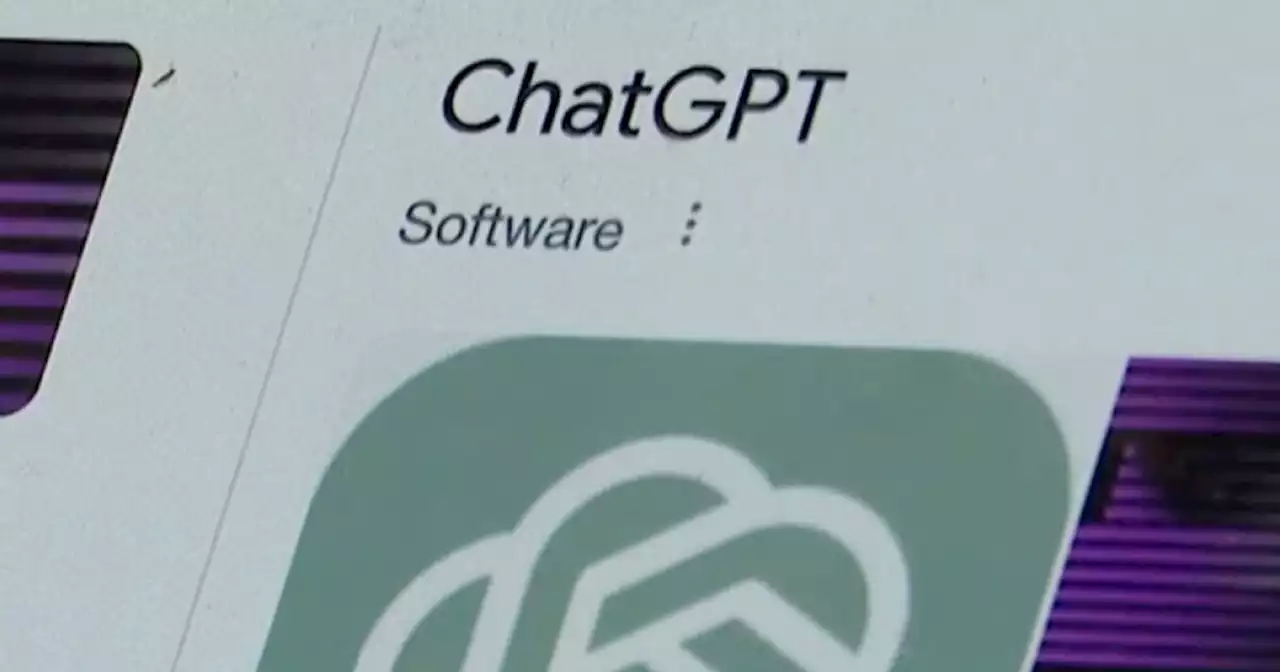 Teachers and professors now using AI as a learning toolAt Yale, for example, several courses incorporate AI including Italian, humanities, anthropology, and physics.
Teachers and professors now using AI as a learning toolAt Yale, for example, several courses incorporate AI including Italian, humanities, anthropology, and physics.
Read more »
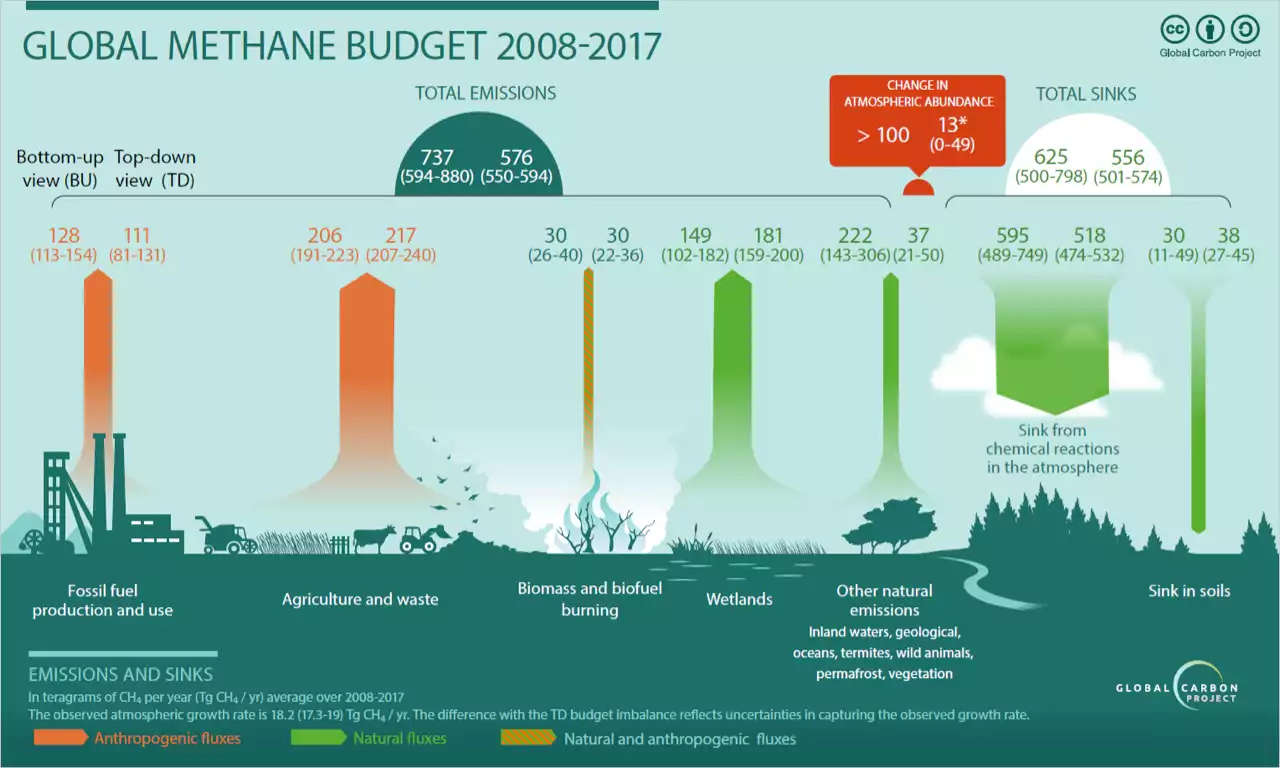 Methane + Sunlight + Catalyst=Emissions-Free Hydrogen, Say UCF ResearchersResearchers at the University of Central Florida say they have discovered a way to make hydrogen with no carbon dioxide emissions.
Methane + Sunlight + Catalyst=Emissions-Free Hydrogen, Say UCF ResearchersResearchers at the University of Central Florida say they have discovered a way to make hydrogen with no carbon dioxide emissions.
Read more »
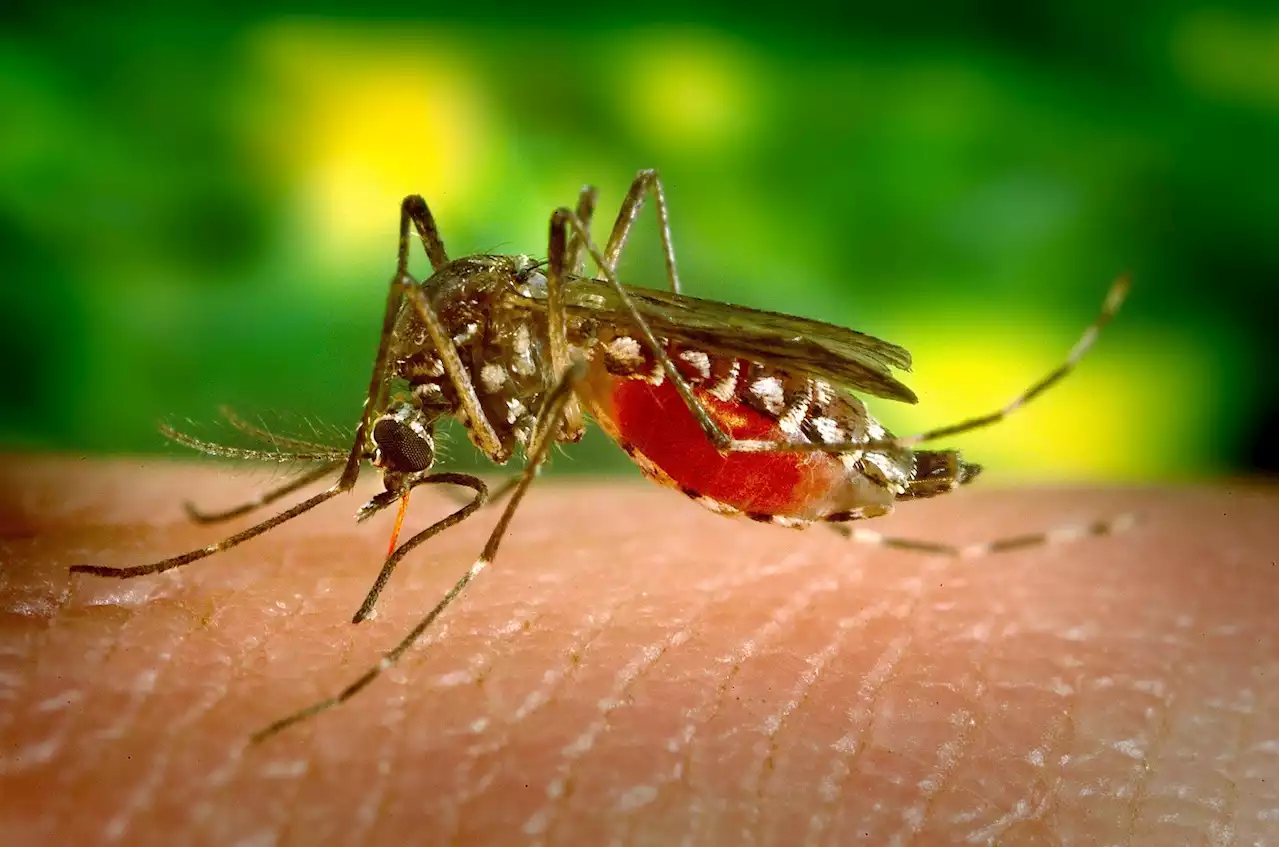 Researchers identify novel host-based target against multiple mosquito-transmitted virusesNew Cleveland Clinic research shows how mosquito-transmitted viruses—like Zika, West Nile, Yellow Fever and dengue viruses—hijack host cells to promote their own replication and infection. Published in Cell Host and Microbe, a recent study from the laboratory of Michaela Gack, Ph.D., Scientific Director of Cleveland Clinic's Florida Research & Innovation Center, opens the door to developing new therapeutics for flaviviruses, a class of viruses for which either no or very limited treatments currently exist.
Researchers identify novel host-based target against multiple mosquito-transmitted virusesNew Cleveland Clinic research shows how mosquito-transmitted viruses—like Zika, West Nile, Yellow Fever and dengue viruses—hijack host cells to promote their own replication and infection. Published in Cell Host and Microbe, a recent study from the laboratory of Michaela Gack, Ph.D., Scientific Director of Cleveland Clinic's Florida Research & Innovation Center, opens the door to developing new therapeutics for flaviviruses, a class of viruses for which either no or very limited treatments currently exist.
Read more »
